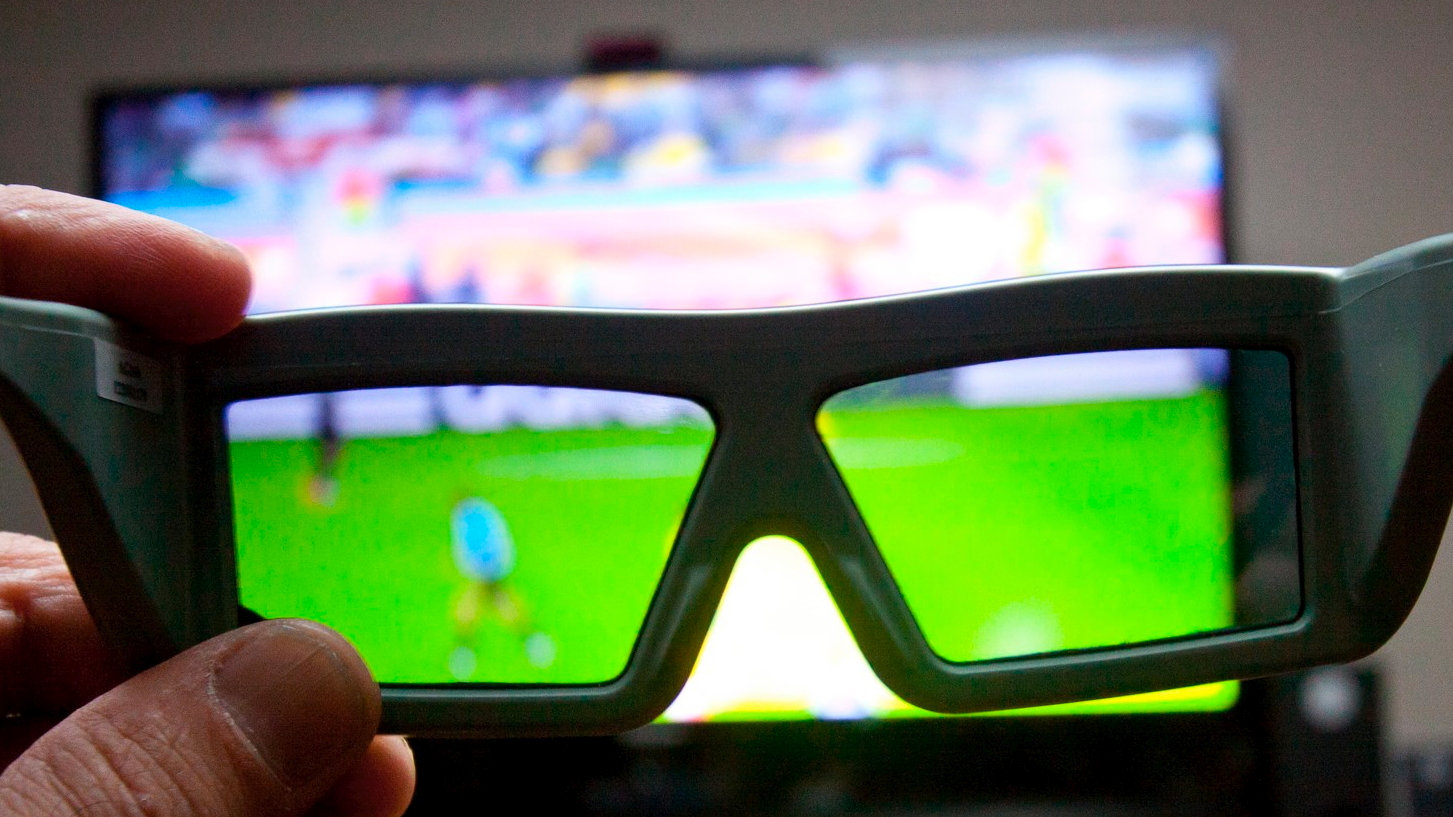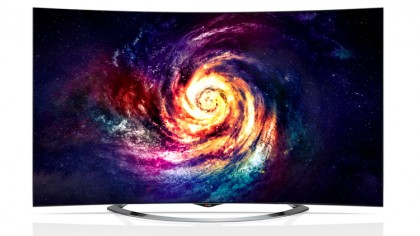What went wrong with 3D?

Global Hypercolour T-Shirts, HD-DVD and 3D are all things that are now gone from the face of the earth with few reminders that they ever even existed apart from our cherished memories of them.
Well, to be honest 3D hasn't quite gone the same way as the first two, but it is certainly a technology that now looks to be officially considered a failure. Why do we say that though? After all, there are plenty of cinemas showing movies in 3D, you can buy Blu-ray movies with three dimensions and TVs can pretty much all offer some support for the format.
All true, but recently Sky decided to shut its dedicated 3D channel, and that tells us a lot. But even if it hadn't done 3D would still be all but dead in its current form.
So what went wrong, and what can we learn?
Don't tell us what we want
If you want to be uncharitable, but pretty accurate, you could argue 3D was a way of boosting cinema profits, getting bums on seats and ultimately selling TVs and Blu-rays.
The big problem was, no one bothered to ask consumers if they wanted 3D.
Had they then people would have probably told them that, no, in fact, 3D sounded like an utter waste of time; it had never worked in the past and we were all happy with cinema being something we watched, rather than something we vaguely thought was sort of coming out of the screen.
Sign up for breaking news, reviews, opinion, top tech deals, and more.
And unlike most awesome technologies, seeing 3D didn't change people's minds either.

You'd go to the cinema, or put on a Blu-ray and after the film was finished you'd sigh and in most cases swear to never watch a movie in the format ever again. It was not a product that sold itself at all well. Especially not when Avatar, a movie which a film student would get a D- for, was held up as the crowning glory of the medium.
TV manufacturers screwed the pooch too. They went, largely, down the route of charging loads more for a 3D TV.
The reality was though that adding 3D to a TV was as cheap as chips.
You needed a panel that could run at double the framerate of cinema and TV. That equates to 60 frames per second. Most TVs were easily capable of that, and then all that was needed was a way to sync that to some glasses via Bluetooth or infrared.
To most of us, 3D just seemed like a way to charge more for TVs that cost the same as their non-3D brothers.
It's only now, with new technologies like LG's UHD OLED, that 3D in TVs is starting to actually look good. Too little, too late...

Movies in 3D are barely even 3D
The problem with 3D in films is that you're still looking at it on a flat screen of a certain size. When you're watching a 3D move the illusion of depth only works if things happen within that window. So as impressive as things flying out of the screen are, they eventually have no move scope within the frame, and that destroys the illusion.
Also, when it comes to destroying the illusion, bear in mind that in 3D when something comes toward you, your eyes attempt to focus on it. But because its distance to you hasn't changed, your eyes can't focus properly and the whole thing turns into a mess.
3D video usually ends up looking like two layers, which doesn't really impress all that much.
You'll usually find a foreground and background in 3D, which is fine but it doesn't really represent what we see in the real world.
Perhaps in the future there will be a way - through VR - to track your eyes so that the image can be dynamically refocused in front of you. So, while there will still be "layers" in a 3D movie, they could be dynamically shifted in and out of focus as you look around the frame. That would give you a truly immersive experience.
Although it might also make you vomit on yourself - only time will tell if your local cinemas are ready for that.